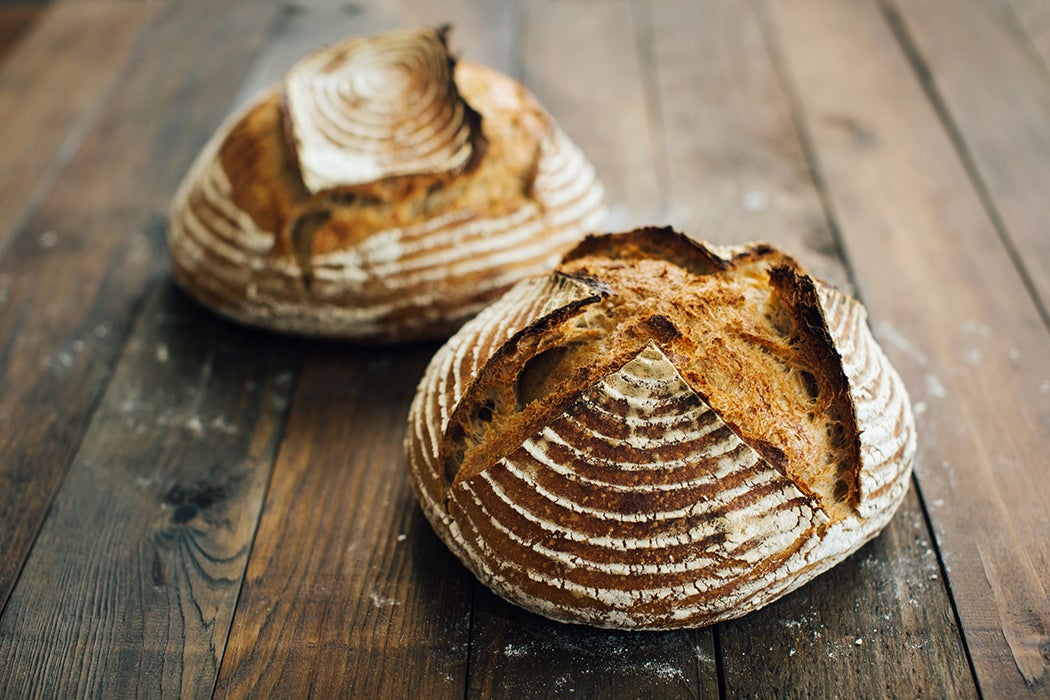Bread has always been political. For Romans, it helped define class; white bread was for aristocrats, while the darkest brown loaves were for the poor. Later, Jacobin radicals claimed white bread for the masses, while bread riots have been a perennial theme of populist uprisings. But the political meaning of the staff of life changed dramatically in the early twentieth-century United States, as Aaron Bobrow-Strain, who went on to write the book White Bread, explained in a 2007 paper.
In 1890, Bobrow-Strain writes, women baked more than 80 percent of the nation’s bread at home, and it was brown, non-standardized stuff. Less than four decades later, commercial bakeries were making 94 percent of the bread Americans ate, and it had become a blatantly industrial product.
“In an age obsessed with concerns about purity, hygiene, and sanitation, the new loaves were engineered to appear streamlined, sparkling clean, and whiter than white,” Bobrow-Strain writes.
Even before this industrialization of baking, white flour had had its critics, like cracker inventor William Sylvester Graham. Now, dietary experts warned that white bread was, in the words of one doctor, “so clean a meal worm can’t live on it for want of nourishment.” Or, as doctor and radio host P.L. Clark told his audience, “the whiter your bread, the sooner you’re dead.”
Bobrow-Strain writes that this backlash gained its power from a variety of cultural currents. Diet writer Alfred W. McCann warned of “race suicide on a colossal scale” as white Europeans and Americans eschewed whole grains while “Hottentots” and “Orientals” retained their diet of healthy, unrefined foods. Agrarian romantics and opponents of women’s employment in the workplace mourned the homely brown loaves baked by mothers on wood stoves.
Beyond white flour, the inescapably biological nature of bread-making bothered some critics, including temperance advocates who found the fermentation process troubling. In their 1905 book Uncooked Foods and How to Use Them, husband-and-wife team Eugene and Mollie Griswold Christian wrote that bread “rises when infected with the yeast germ because millions of these little worms have been born and have died, and from their dead and decaying bodies there rises a gas just as it does from the dead body of a hog.”
Eventually, bread manufacturers offset some of their critics’ concerns. In the 1940s, they began fortifying white bread with vitamins and minerals, and a few decades later, they figured out how to make whole wheat breads in the industrial style.
Meanwhile, Bobrow-Strain writes, opposition to factory-made bread morphed into the modern progressive food movement led by writers like Michael Pollan and Marion Nestle. For all the troubling or misdirected arguments made in the early twentieth century, those critics had something their modern counterparts have largely lost: an explicitly political vision. Where they called for boycotts and new regulations on industrial food makers, the popular food writer today almost always “addresses you as an active consumer and passive citizen who effects change only through purchases or other provisioning choices.”







